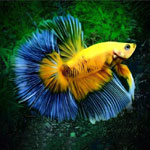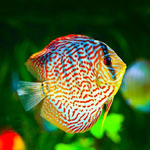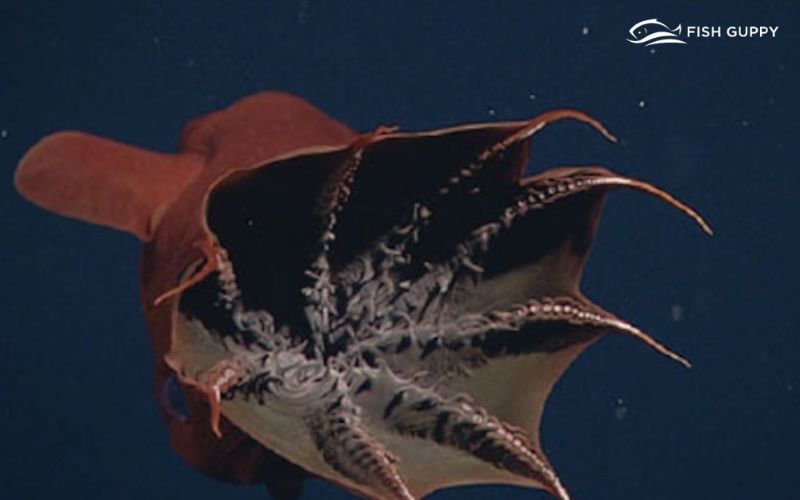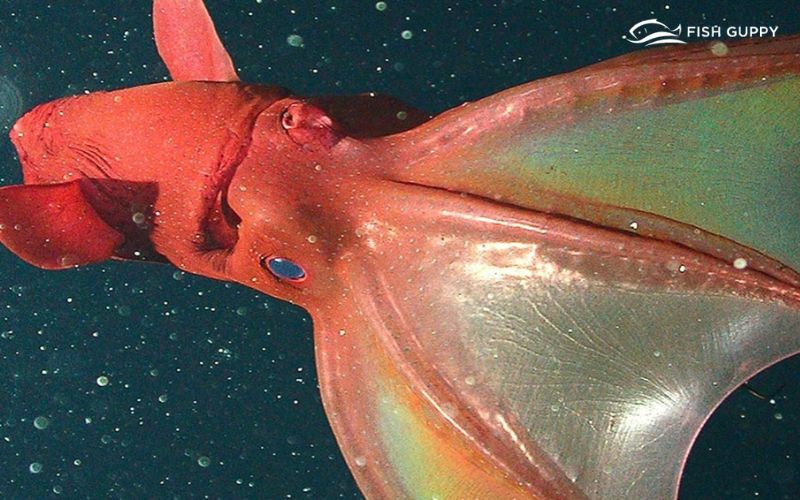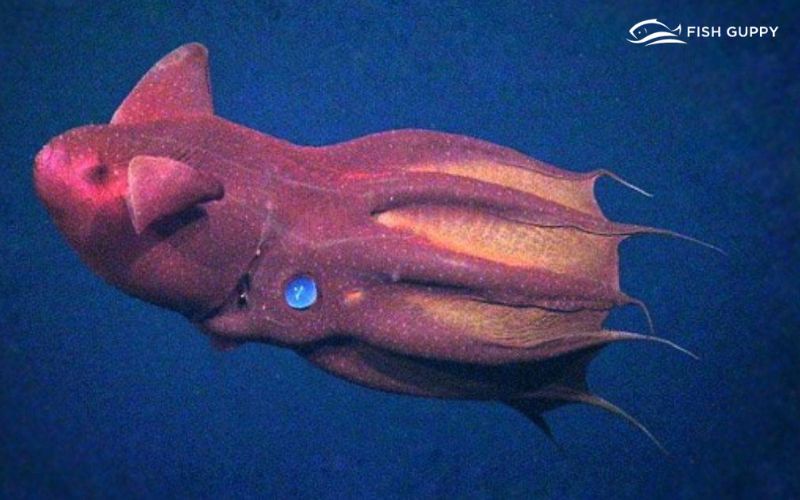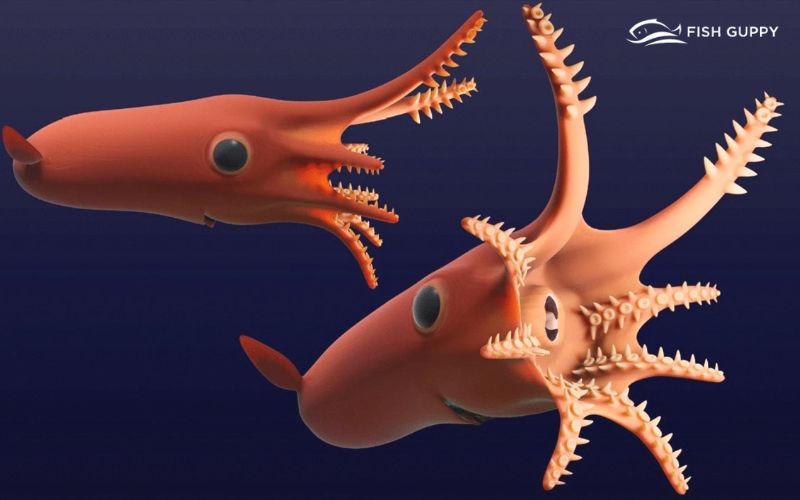The Ultimate Guide about Discus Fish Care
May 19, 2022 Discus Fish
Discus fish, the aquarium’s monarch, are among the most gorgeous aquatic species available for the household aquarium. These fish, which are peaceful yet bigger than typical tropical fish, brighten up the place they are in. Despite its beauty, this kind of fish is not as prevalent in the passion as other fish. This is most likely due to another myth about discus, one of the most challenging freshwater fish to raise.
Although discus fish care may take more maintenance than some other aquarium fish, experienced aquarists should not be put off by the prospect of having discus. There should be no issues as long as it keeps in optimal conditions with periodic maintenance. We are giving all the tips for discus fish care for beginners.
Discus fishes are the heart and delight of people who keep them. They are notoriously important to manage, but it’s so gratifying when done right. This fish’s gorgeous colors fluctuate according to anxiety levels, age, nutrition, and tank conditions. Let’s dive into discus fish care guide:
- Tank Dimensions
While discus may grow to be 9 inches long, this is only feasible if they are kept in the ideal circumstances for an extended period of time. Most discus fish in a typical aquarium grow to be 4.5-6 inches long.
The minimal tank size depending on this range of sizes would have been a 55 gallon tank, however the larger the preferable for these guys. As far as water replacements are performed on a regular basis, 3-5 discus fish must be able to live in a 55gal tank. 1 discus per 10 gallons is a good starting point. Because these fishes are tall, they should not be kept in shallow aquariums. The UNS 90U, 120P, and 120U are all high-quality aquariums suitable for discus.
- Filtration
A good filtration system is required to keep the tank clean and the water chemically pure. Discus fishes will not thrive in tanks with fluctuating or unstable nitrogen levels. Before introducing them, make sure the tank is completely cycled.
Because these fish are typically housed in a large, stronger and larger filtration may be preferable. Sump filters are ideal for big aquariums, but they can be difficult to install. A canister filter, such as the UNS Delta 120 or Delta 90, is an excellent choice. Canister filters typically retain a large amount of media for beneficial bacteria and generate a strong enough current to suck detritus from the aquarium into the filter. Just try and clean the filter on a regular basis.
- Temperature
When contemplating keeping discus, water quality and characteristics are critical. Unlike many other tropical fish, discus requires a water temperature of 78F or above. Different temps may be more acceptable for your setup based on how you maintain your discus.
- 84F-86F for preserving discus in general.
- 86F-88F for nurturing young or developing juveniles.
- The higher the temperature, the faster their digestion, allowing for more feeding times and faster development.
- Temperature for breeding or maintaining in a planted water tank: 82F
- The decreased temperature simulates the Amazon’s natural habitat during the rainy season, encouraging them to reproduce.
Remember that almost all aquarium plants do not thrive at high temps. You should consider drought tolerant plants including such, anubias, java and bucephalandra fern and provide them with enough care.
- pH and Hardness
Discus fish prefer water that is soft and acidic. Many people like a discus aquarium with a pH of 7 or lower and a gH of 1-3. While this is generally preferable for them, healthy discus can be kept at higher pH/hardness levels. They’ve been bred in many water conditions across the world and can adapt to others. In general, a pH of 7.5 or below and a hardness level of soft to medium will suffice.
Why is a Planted Tank the Best Option?
After considering all of the options for a discus aquarium layout, the result is that planted tanks may be the best options for discus fish since they assist attain the perfect circumstances for discus maintenance.
Aquatic plants are perhaps the greatest filtration for aquariums! When plants develop, they take ammonia and nitrates from the water, chemically cleansing it. More plants and properly injected CO2 to assist them grow will further filter the water.
Aquatic plant substrates, such as UNS controsoil, are not only intended to assist plants grow, but also to regulate and buffer the pH to levels suitable for most tropical fish. Planted tanks with these nutritionally substrates are preferable.
Planted tanks with all these nutritionally substrates are preferable to bare bottomed tanks for discus.
Driftwood, a popular kind of hardscape in aquascapes, also reduces the pH or harshness of the water.
The greenest of the plant will contrast with the colors of the discus, creating a lovely explosion of color.
- Diet
Discus fishes are fussy eaters, so provide a range of meals like cereals, pellets, and frozen meals. Feed your discus no and over 3% of their weight on a regular basis. Mature discus should be eaten 2-3 times each day on average. When feeding, use clean hands that are devoid of moisturizer or hand sanitizer.
Changing up the sorts of food you offer will keep them from becoming used to simply pursuing one item. If you have new finicky discus and wish to offer them flakes rather than bloodworms, introduce the new meal gently while still feeding them their regular food.
- Tank Companions
Friendly/non-aggressive communal fish that are large enough to not be mistaken for nibbles should get along well with discus. Freshwater shrimp may get too disturbed in a habitat containing discus, although this is dependent on the scape and if they have enough space to hide and investigate without being harassed by the discus.
Keep in mind that any species you add to the tank must be able to withstand the high temperatures that discus prefer. They must also be quick enough to avoid predators by discus, but it’s not so quick that they eventually overtake them for feed, as discus may be sluggish eaters. Rummy nose tetras, petite plecos, sterbai corys, Cardinal tetras, and other species make excellent tankmates.
- Characteristic Behavior
Discus fish are quite placid, preferring to avoid confrontation by flight and intimidation. They are one of the biggest and brightest fish in most tanks.
These are schooling fish that may form a wall of designs across the aquarium in huge groups. Like other cichlids, there will be rivalry in the shoal, and a leadership theory will emerge. This implies that fish would need to be supervised to ensure that they can feed. They like to stay in the middle of the tank, but will ascend to the top and descend to the bottom to forage, allowing them to easily dominate all levels. They love free swimming but require the option of being near to cover, such as huge pools. In the tank, place driftwood or plants.
Though Discus fishes are difficult, they are not as difficult as they look, and the value acquired from their gorgeous appearance makes them well worth the effort. They may assist in making your bigger tank something to be proud of. If you keep a close eye on the water temperature and quality, you will be rewarded with gorgeous, colorful fish. This guide for discus fish care tips will make you able to take complete care of your fishes.

